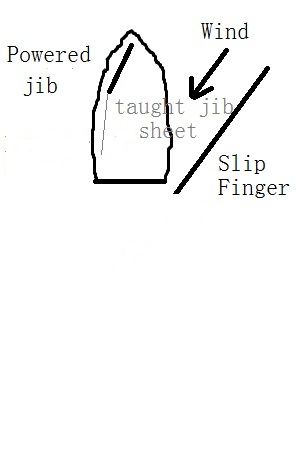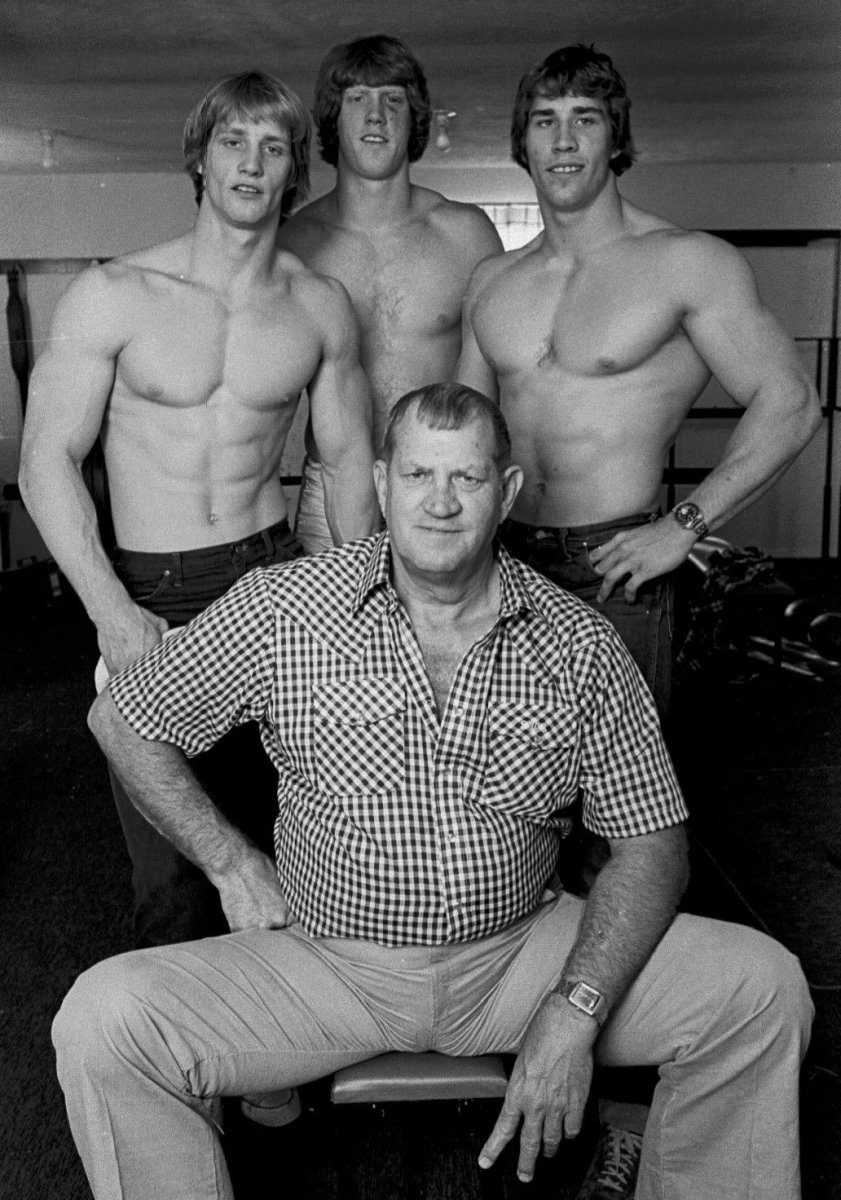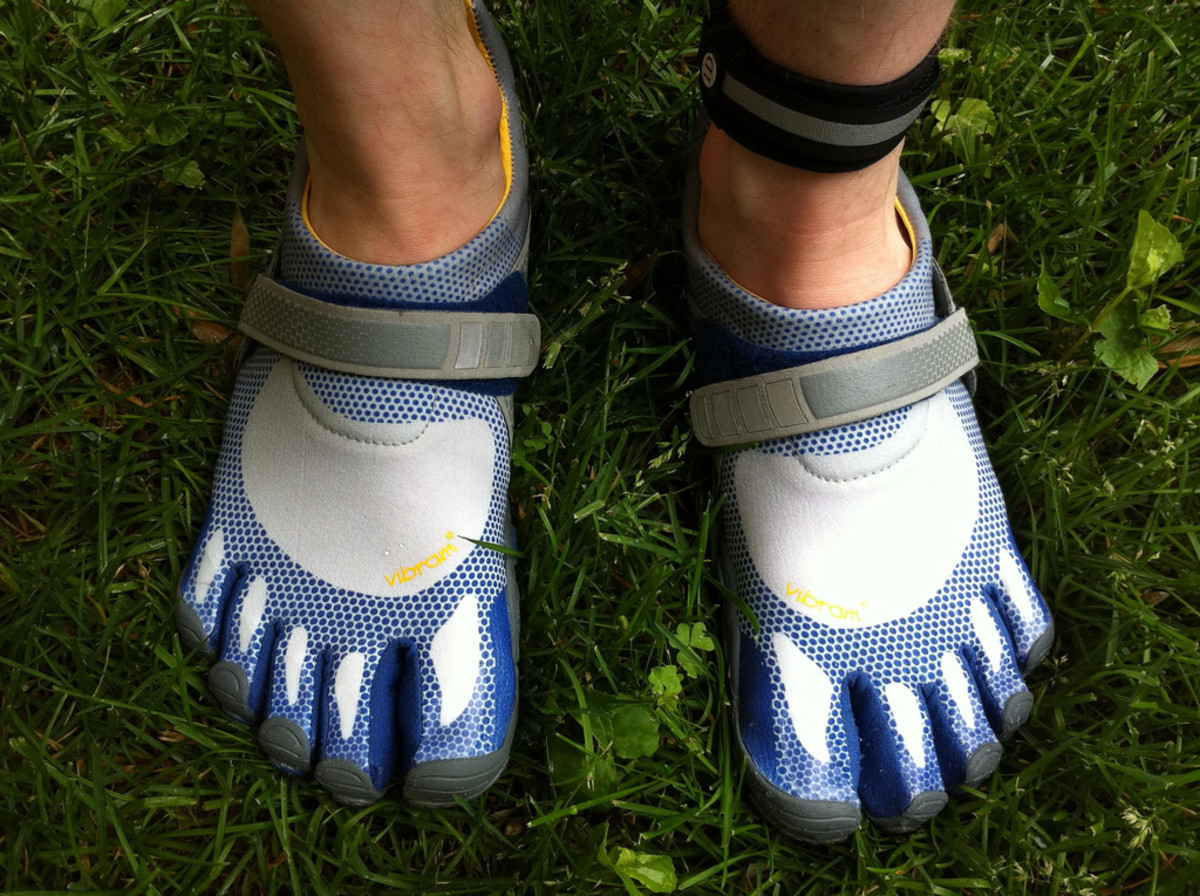How to Leave the Dock Under Sail
Unobstructed Upwind
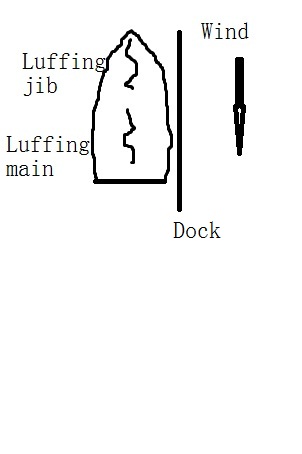
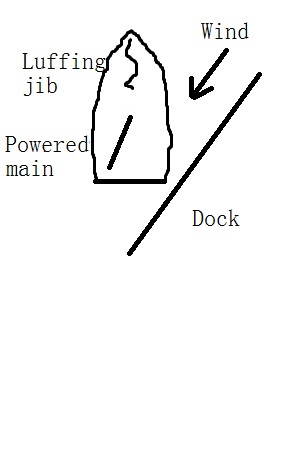
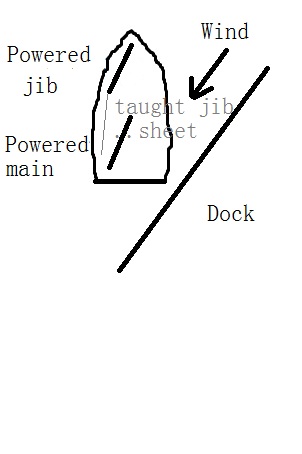
The Basic Principals
Leaving the dock using only sails to propel a boat can be challenging, but once you have mastered the skills to do this, there is a corresponding feeling of accomplishment.
Many marinas have a rule against sailing in the marina. If you are constrained by this rule, you will have to relegate the contents of this Hub to your emergency procedures file. I am fortunate that the marina I keep my boat in doesn't have this rule, or doesn't enforce it, because my sailboat is not equipped with any kind of motor, and I like it that way. My wife is fond of reminding me that I've gotten into more trouble with a motor than without one.
Three factors influence the procedure for leaving the dock under sail. The most important is the direction of the wind. Next is the shape of the dock you are moored at. Finally, current has some influence.
The tools at your disposal, are which sails to raise, ropes for pulling the boat into position, poles for pushing the boat into position, and the sheets that control the position of your sails relative to the wind. If you have a small boat, the poles for pushing it can be arms and legs. A large boat might need a tugboat. You'll have to judge your own situation. Some boats are more manuverable under sail than others. If yours is a full keeled cruiser that needs a football field's length to tack, many docks just won't be practical to sail away from. Anyway, assuming that you have a boat that is nimble enough to leave the dock you are at, the first thing to do is a little planning.
If you to raise the mainsail, your boat needs to be pointed into the wind, or the wind needs to be very light. At more than about 60 degrees off the wind, the main sail will be powered whether you want it to be, or not. This can prevent you from raising it, and can make positioning the boat with pushes and pulls difficult to impossible.
It is likely that you will want to leave the dock using a jib, alone. Jibs have two important advantages over main sails. One is that if you release the sheets they can be completely depowered at any wind angle. The other is that since they are positioned at the bow of the boat, you can use them to turn the boat before you "have way" (are moving fast enough for the rudder to turn the boat).
Let me give a few examples.
The easiest case is if your boat is facing up wind on a long straight dock with no obstructions in front of the boat. In this case, you can raise both sails, give the bow a shove away from the dock, and you will be off and sailing.
However, if your boat is upwind in a slip, you will be able to get the sails up alright, but you will have touble avoiding just sailing right back into your slip, because as soon as the boat falls off the wind a bit, it will start moving forward. In this case, it is easier to just raise the jib, walk the boat back, give the bow a bit of shove off the end of the slip finger, then when you bring in the jib sheet to power the jib, it will naturally bring the bow down wind and turn the boat in the direction you want to go. You could do this with the main sail up, but that will make the walking back of the boat and the initial shove of the bow trickier.
If your boat is facing downwind in a slip, you are not going to be able to sail anywhere, except further into the slip. The best bet is to use lines and poles to turn the boat around. Once you have the boat turned around, you are basically in the unobstructed upwind scenario.
If the boat is down wind, but unobstructed in front, you won't be able to raise the main, but you can raise the jib and just sail away from the dock.
Wind blowing across the dock is similar to the downwind scenario. If there is an obstruction in front of the boat, turning the boat around before raising sail will be easier, and you are likely not to be able to raise the main.
Current will make getting started easier or harder, depending on whether the current is going a direction you want to go. When the boat first leaves the dock, it won't have way, and you will go whichever direction the current takes you for a few moments. You need to plan for this effect.
Overall, leaving the dock under sail requires practice. It won't go smoothly the first time you try it. You'll have to make a few mistakes before you will develop a sense for what will work and what won't. However, I have outlined the basic principals here for you to get started. Be prepared to fend off while you learn.
Unobstructed Downwind
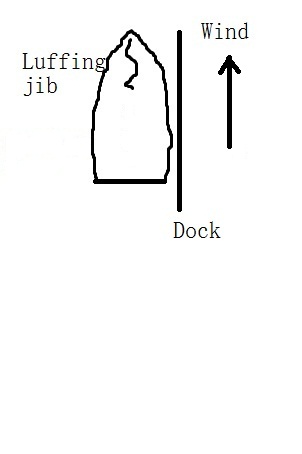
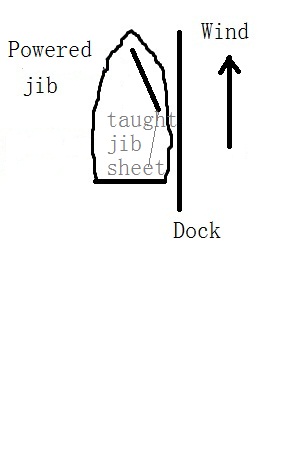
Obstructed Upwind
